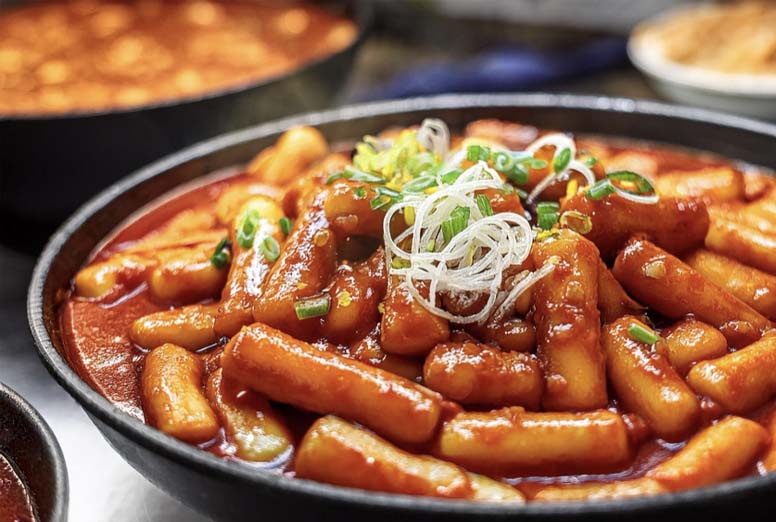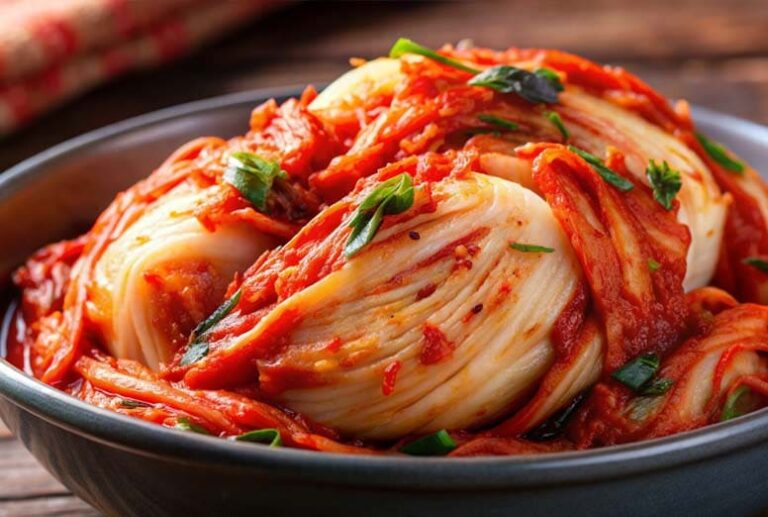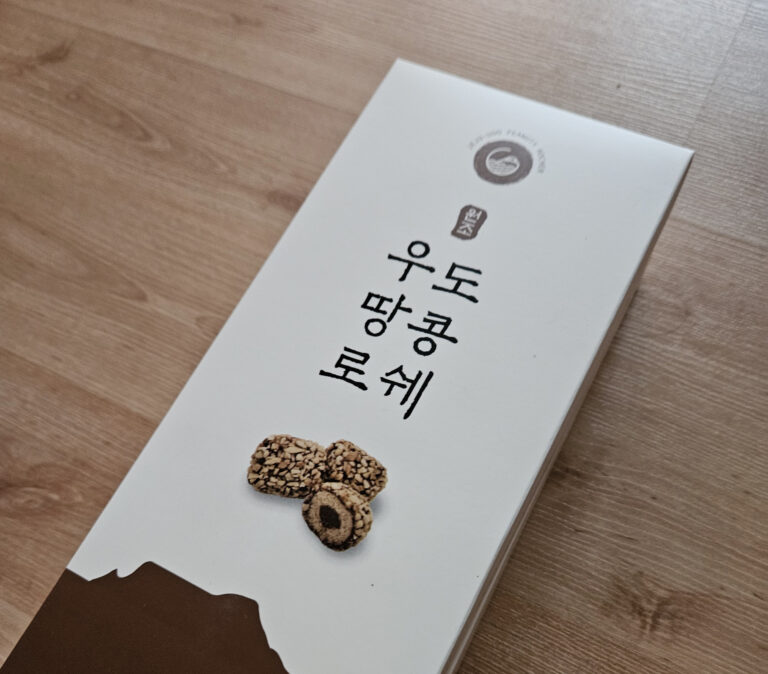Korean Street Food – Top 10 Dishes You Must Try Once

The Heart of Korean Street Food
Korean street food (pojangmacha culture) is one of the most exciting ways to experience local life in Korea. From Seoul’s busy night markets to Busan’s seaside stalls, Korean street food represents comfort, creativity, and connection. It’s affordable, flavorful, and available at almost every corner.
This guide explores 10 must-try dishes, their origins, and what makes each one special — from spicy rice cakes to sweet pancakes filled with brown sugar.
Why Korean Street Food Is So Popular
Street food is not just about eating on the go — it’s part of Korea’s social culture. People often stop by stalls after school, on dates, or late at night for a comforting bite. Affordable and delicious, it reflects the country’s vibrant spirit and love for sharing food.
Korean street markets like Gwangjang Market (Seoul), Nampo-dong Market (Busan), and Jeonju Hanok Village are famous worldwide for their lively food alleys and welcoming atmosphere.
Main Types of Korean Street Food
1. Tteokbokki (Spicy Rice Cakes)
No list of Korean street food is complete without tteokbokki. Made from chewy rice cakes, fish cakes, and a spicy-sweet red pepper sauce (gochujang), it’s the ultimate comfort food.
Why It’s Popular:
- Iconic Korean street food found everywhere
- Soft texture and addictive flavor balance
- Often paired with fish cake soup (odeng-guk)
Health Tip: Moderate spice helps improve metabolism and circulation.
2. Hotteok (Sweet Pancake)
Hotteok is a crispy pancake filled with melted brown sugar, cinnamon, and crushed peanuts. It’s best eaten hot, straight from the pan.
Fun Fact: Hotteok was introduced by Chinese merchants in the early 1900s, but it evolved into a uniquely Korean winter treat.
Tip: Modern versions include green tea or cheese fillings — perfect for café-style desserts.
3. Odeng (Fish Cake Skewers)
Fish cakes are simmered in savory broth and served on skewers. It’s a light snack and a great winter warmer.
Why Koreans Love It:
- Served with free refills of hot soup
- Mild, comforting taste
- Common companion to tteokbokki

4. Gimbap (Korean Rice Rolls)
Think of gimbap as the Korean cousin of sushi — rice, vegetables, and egg wrapped in seaweed.
Typical Ingredients:
Carrot, spinach, pickled radish (danmuji), egg, crab meat, and ham.
Where to Try:
Street stalls near schools and train stations often sell mini gimbap rolls called chungmu-gimbap.
5. Twigim (Korean-Style Fried Snacks)
Twigim covers a variety of deep-fried foods — sweet potato, squid, boiled egg, or even seaweed rolls.
Why It’s Addictive:
- Crunchy and light
- Often dipped in the same spicy sauce as tteokbokki
- Cheap and satisfying
Insider Tip: Order assorted twigim to taste several types at once!
6. Sundae (Korean Blood Sausage)
Sundae might look intimidating, but it’s a beloved snack made from glass noodles, pork blood, and spices, all steamed in sausage casing.
Texture & Taste:
Soft, savory, and slightly chewy — usually eaten with salt or spicy dipping sauce.
Fun Fact: There are even entire sundae towns in Korea, like Sillim-dong in Seoul.
7. Dakkochi (Grilled Chicken Skewers)
Grilled chicken skewers brushed with sweet soy or spicy sauce — smoky, tender, and flavorful.
Why It’s Popular:
- Portable protein snack
- Great with beer (chi-maek culture)
- Served at outdoor festivals year-round
Health Note: Grilled instead of fried, so lighter than most street foods.
8. Bungeoppang (Fish-Shaped Pastry)
A winter classic! Bungeoppang is a fish-shaped pastry filled with red bean, custard, or Nutella. Crispy on the outside, soft inside.
Symbolism:
The fish shape symbolizes luck and abundance. Kids and adults love it equally.
9. Korean Corn Dog (Gamja Hotdog)
Korean corn dogs take the American version to the next level — coated with sugar, diced fries, or mozzarella cheese.
Why It Went Viral:
- Trendy snack on TikTok and YouTube
- Gooey cheese pulls and unique coatings
- Popular brands like “Myungrang Hotdog” export globally
Fun Fact: Some shops even serve squid-shaped or ramen-coated versions!
10. Egg Bread (Gyeranppang)
Soft, oval-shaped bread baked with a whole egg inside. Slightly sweet and savory — the perfect breakfast-to-go.
Why It’s Special:
- Sold outside subway stations in winter
- High in protein and easy to digest
- Loved by students and commuters
Healthier Choices in Korean Street Food
Not all street food is greasy! Many vendors now use air fryers, organic sauces, and less oil. You can find vegetarian gimbap, gluten-free tteokbokki, and vegan twigim stalls in Seoul and Jeju.
Tip: Look for signs that say “Healthy Snack” (건강간식). These are popular among young office workers.
Best Places to Experience Korean Street Food
| City | Recommended Market | Signature Dishes |
|---|---|---|
| Seoul | Gwangjang Market | Gimbap, Tteokbokki, Hotteok |
| Busan | BIFF Square | Sundae, Fish Cake, Corn Dog |
| Jeonju | Hanok Village | Twigim, Gimbap |
| Daegu | Seomun Market | Dakkochi, Egg Bread |
Each market offers a unique local twist — from spicy sauces to handmade rice cakes.
Korean Street Food Etiquette
- Pay in cash or small bills; many vendors don’t accept cards.
- Eat near the stall, not while walking.
- Dispose of skewers and cups in provided bins.
- Always greet vendors with a smile and a simple “감사합니다 (Thank you).”
Final Thoughts: Taste Korea One Bite at a Time
Korean street food is more than a cheap meal — it’s a sensory journey. Every dish tells a story of creativity, resilience, and joy. Whether it’s your first tteokbokki or your tenth hotteok, each bite is a little piece of Korean life.
Next time you’re in Korea, skip the fancy restaurant and follow the aroma of sizzling stalls — that’s where the real magic happens.






